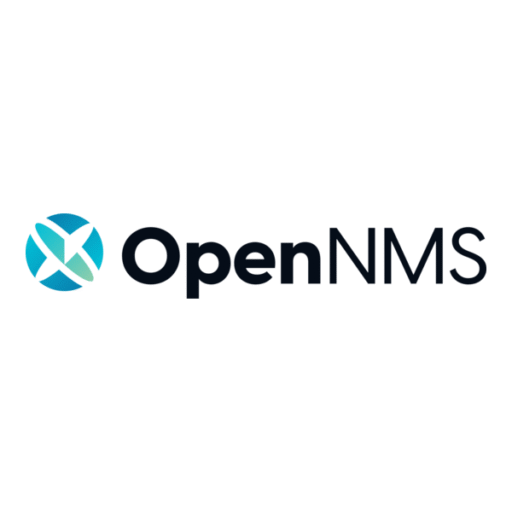OpenNMS: Enterprise-Grade Network Monitoring That You Actually Control
If there’s a list of open-source tools that quietly power serious infrastructure, OpenNMS is somewhere near the top. It doesn’t get hyped much — partly because it’s complex, partly because it’s already been doing its job behind the scenes for years.
It’s not a “get started in 5 minutes” solution. But for teams that want to monitor everything — from physical switches to SNMP traps, custom apps, and even remote sites — and keep full control over the data, the logic, and the stack, OpenNMS offers a very real alternative to commercial giants.
There are two editions: Horizon (free and community-driven) and Meridian (commercial support, long-term stability). Both share the same core. Both are built to handle scale.
What Makes It Stand Out
| Feature | Why It Matters in Large Environments |
| Horizontal scalability | Designed to handle tens of thousands of devices |
| Agentless monitoring | Uses SNMP, JMX, WMI, ICMP, HTTP — no agents required |
| Event correlation engine | Can suppress noise and identify root causes |
| Integrated graphing | Built-in time-series views and threshold-based alerting |
| Flexible notifications | Email, SMS, scripts — all configurable |
| Open-source with LTS path | Choose community speed (Horizon) or support stability (Meridian) |
Compared to Other Network Monitoring Tools
| Tool | Known For | How OpenNMS Compares |
| Zabbix | Agent-based, clean UI | OpenNMS is better for SNMP-heavy and large-scale ops |
| Nagios Core | Plugin checks, basic structure | OpenNMS has stronger discovery and correlation |
| LibreNMS | Community-driven SNMP monitoring | OpenNMS scales further and integrates deeper |
| Icinga 2 | Modernized Nagios fork | OpenNMS focuses on back-end power, not visual polish |
| PRTG | Fast deployment, commercial licensing | OpenNMS offers more control and no per-sensor limits |
Installation and Setup
OpenNMS is Java-based and runs on Linux. PostgreSQL is required for backend storage.
Steps:
1. Prepare a Linux system (Debian, RHEL, or CentOS preferred)
2. Install PostgreSQL and JDK 11+
3. Add the OpenNMS repository
4. Install with package manager (e.g., apt install opennms)
5. Run the setup wizard or configure manually via XML and CLI
Web UI is served via Jetty. SNMP config can be pulled from discovered devices, or pre-loaded per site.
Where It’s Typically Used
Telecoms and ISPs with large SNMP-managed infrastructure
Enterprises monitoring hundreds of distributed locations
Organizations migrating from commercial NMS systems to open alternatives
Mixed environments: cloud, on-prem, and remote branch links
Scenarios where long-term stability and platform control are critical
OpenNMS isn’t built for quick wins. But if the goal is to build a reliable, scalable, and vendor-independent monitoring solution — and maintain it for a decade — it’s one of the best tools out there that still puts the administrator in charge.

